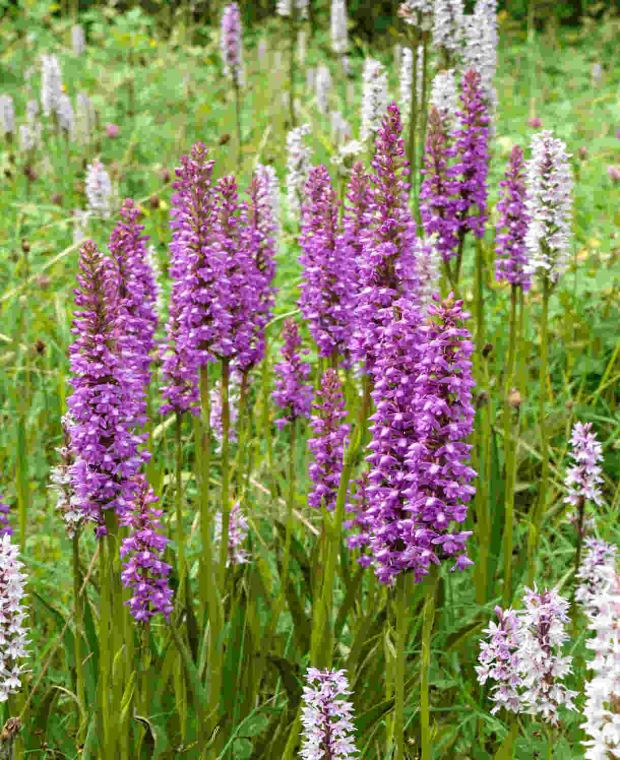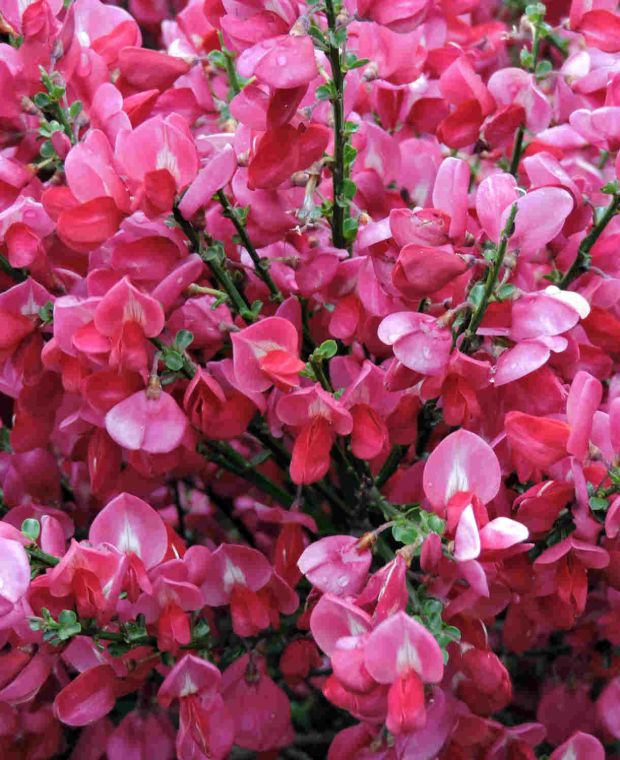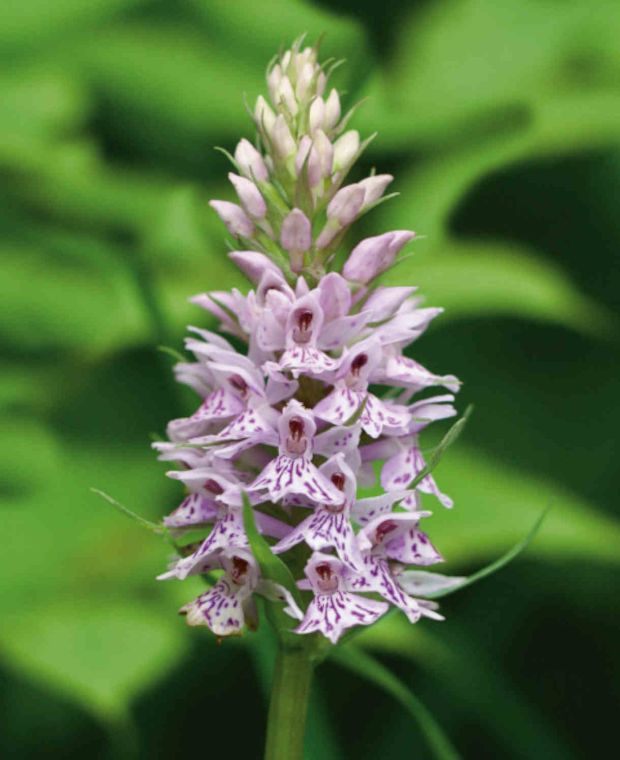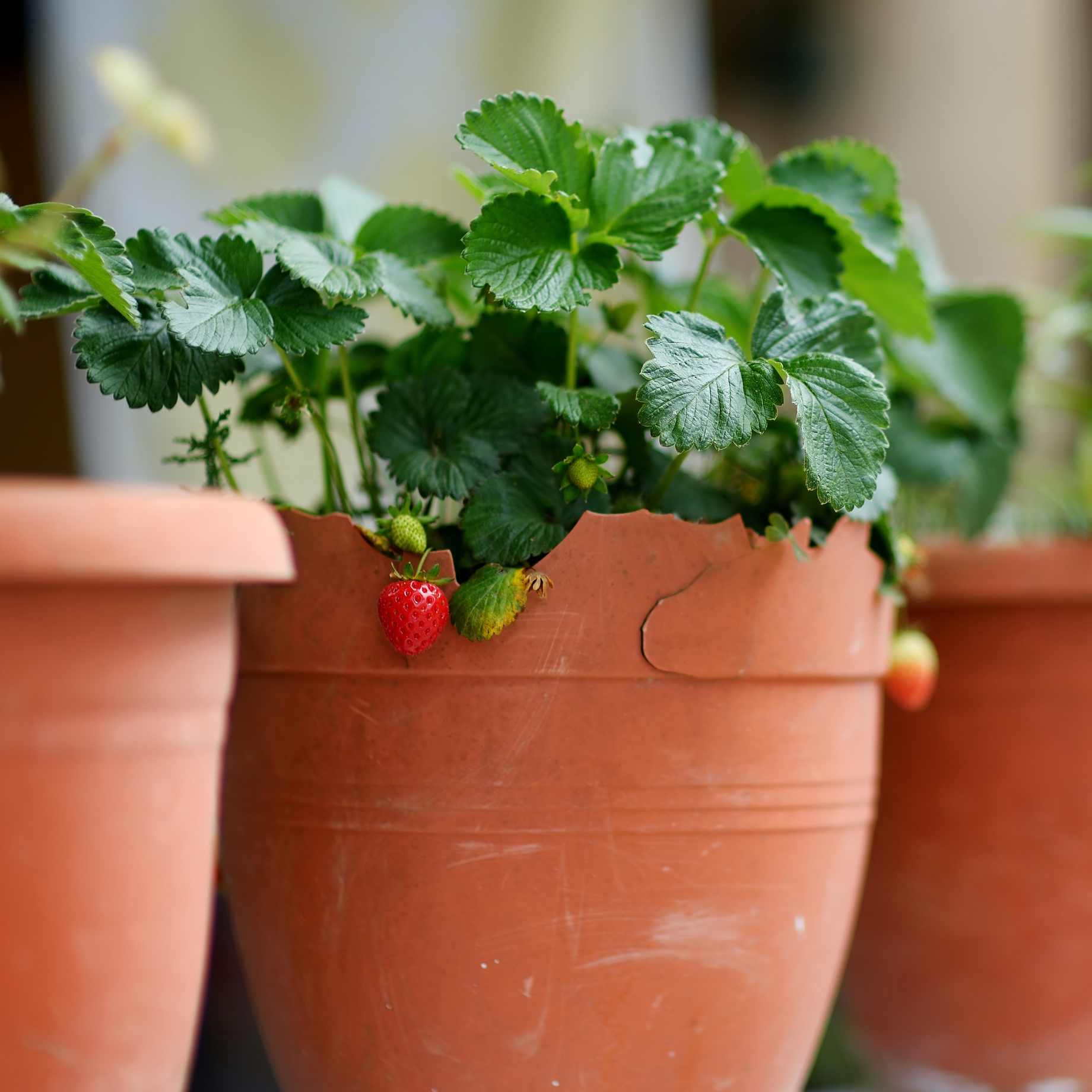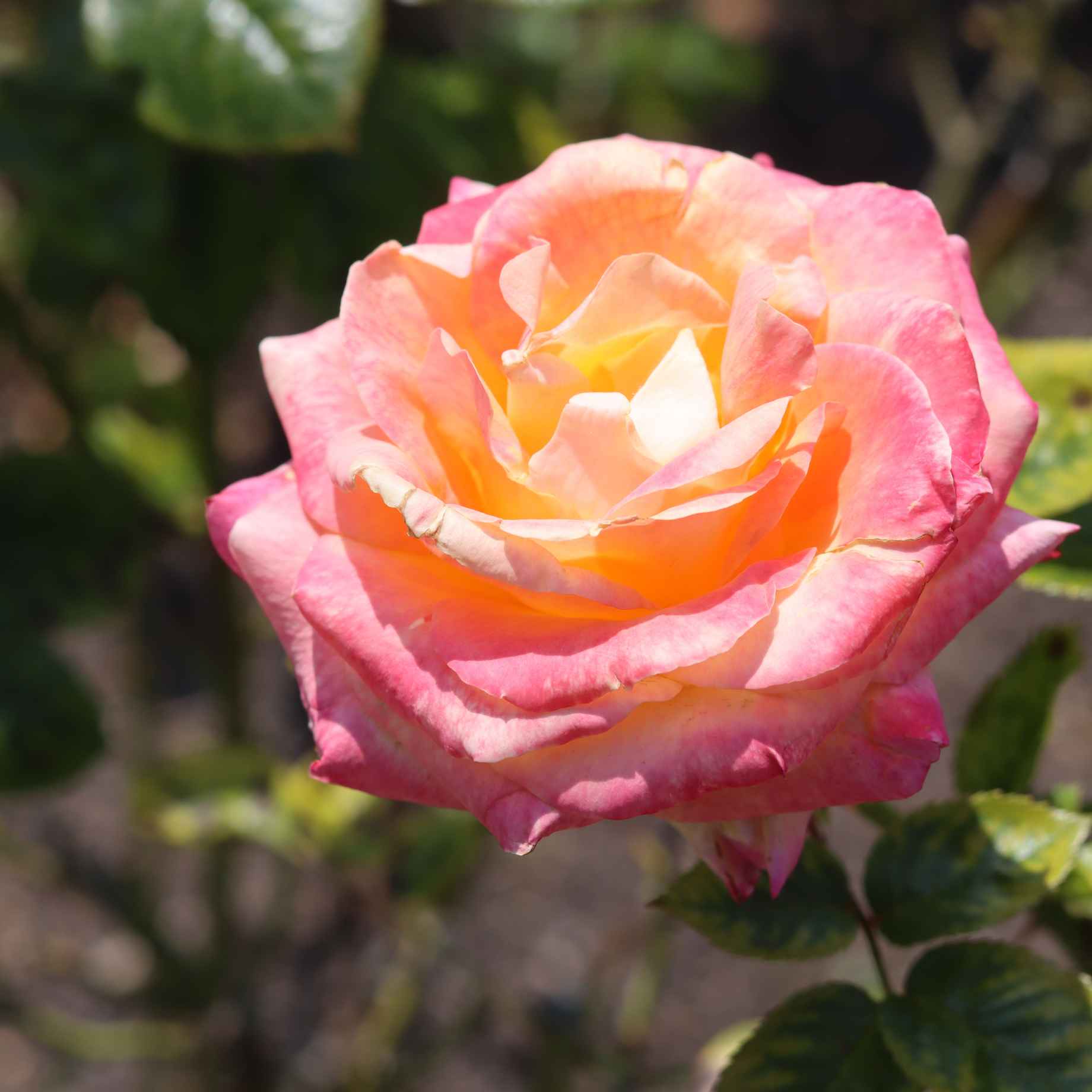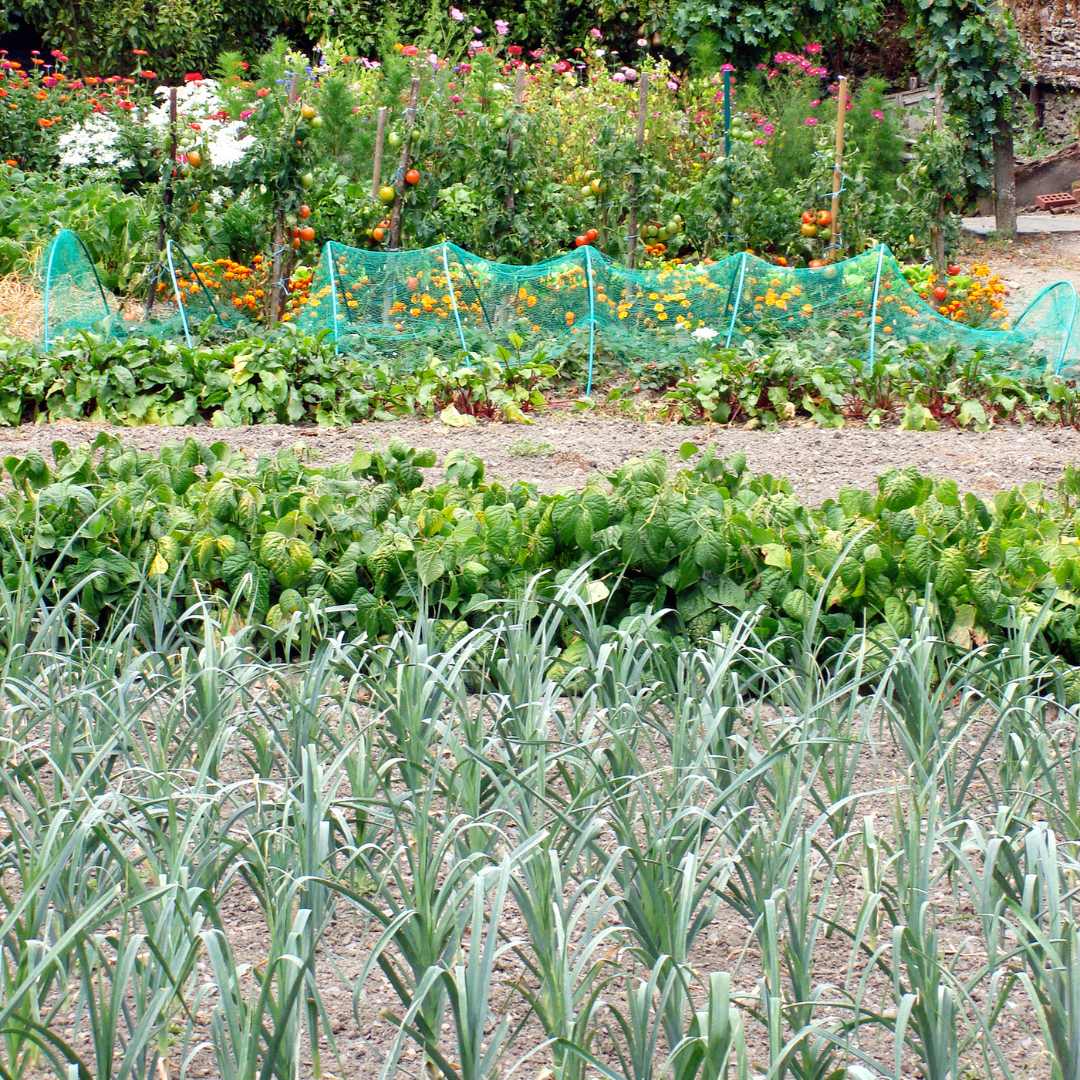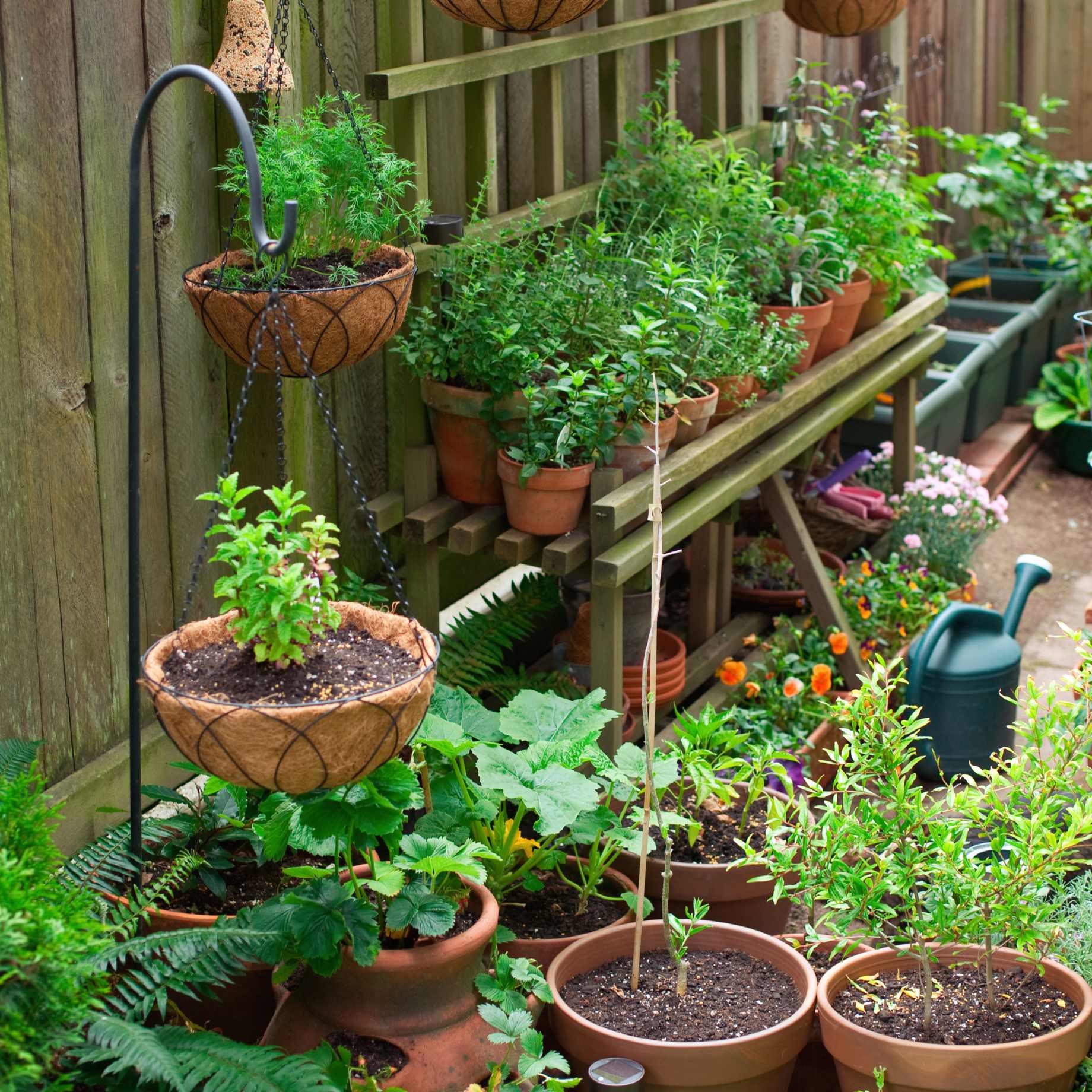Tell Me More…
Dainty, yet statuesque and colourful blooms appear in May on strong, tall stems and last until June. Foliage is borne underneath in sword-like clumps with eye-catching mottled marks. This emerges in March and lasts until September each year. A stunning native which offers a true touch of the exotic.Although the name indicates it is a prevalent species, sadly, indiscriminate collecting has led to their near extinction in the wild. Rest assured, these beauties have been grown ethically in so you can be confident in the sourcing of these rare plants. Our advice is to grow Dactylorhiza fuchsii in a pot for at least the first year to allow plants to fully establish before planting out. They prefer a clay or loam-based soil which is moist and well-drained with a rich humus base. Plant in a spot with dappled shade (to emulate their natural environment). A hardy, deciduous perennial which will naturalise in the right conditions and provides a valuable source of sustenance to pollinators. H: 60cm S: 50cm.
Flower and Foliage Months
Jan
Feb
Mar
Apr
May
Jun
Jul
Aug
Sep
Oct
Nov
Dec
Foliage Month
Flowering Month
Key Information
| Latin Name | Dactylorhiza fuchsii 9cm Pot |
|---|---|
| Common Name | Common spotted orchid |
| Hardiness | H5 (-10 to -15°C) |
| Colour | Pink |
| Format | 9cm Pots |
| Position | Part-Shade, Part-Sun |
| Foliage | Deciduous |
| Height in Maturity (m) | 0.60 m |
| Spread in Maturity (m) | 0.50 |
| Soil Conditions | Clay Loam |
| Soil Acidity | Acid Alkaline Neutral |
| Aspect | East-facing, North-facing, West-facing |
| Scented | Yes |
| Good for pots | Yes |
| Good for wildlife | Yes |
| Good for pollinators | Yes |

